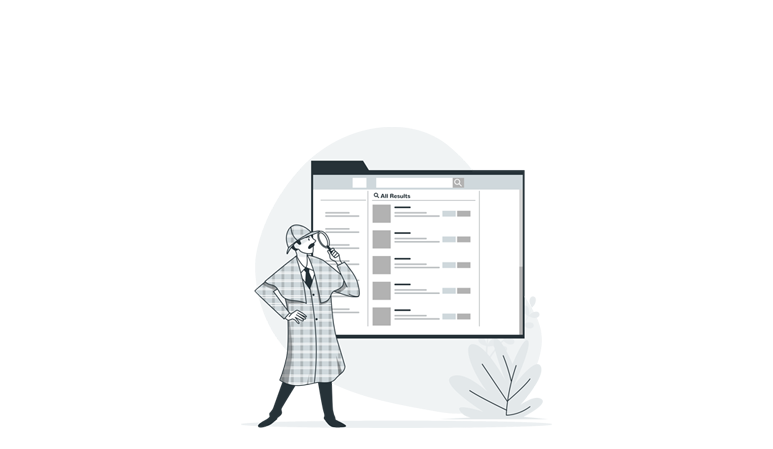
28 Jul 2025
In today’s complex and highly regulated business environment, Environment, Health, and Safety (EHS) responsibilities are no longer just about compliance. They are now strategic drivers of operational excellence, financial performance, and corporate reputation. Forward-thinking organizations are recognizing that investing in EHS software is not merely a regulatory necessity—it’s a smart business decision. The return on investment (ROI) goes far beyond avoiding fines, bringing measurable value to both the top and bottom lines.
Direct Financial Benefits: The Tangible ROI
EHS software delivers immediate and trackable cost savings across multiple operational areas. The most significant impact comes from the reduction of workplace incidents and injuries. Fewer accidents mean fewer workers’ compensation claims, lower medical and rehabilitation expenses, fewer lost workdays, and significantly reduced productivity losses. Companies with strong safety programs often enjoy lower insurance premiums due to their reduced risk profile.
EHS software doesn’t just improve safety—it creates direct financial value by cutting injury-related costs and drastically reducing regulatory penalties.
- High Return on Safety Investment:
- For every $1 spent on safety, businesses can save $2 to $6 through incident prevention.
- These savings include reduced medical expenses, lost productivity, and claims.
- Lower Workers’ Compensation Costs:
- Companies using EHS systems have reported millions in savings on workers’ comp after reducing injuries and claims.
- Minimized Regulatory Fines:
- EHS software automates compliance tracking, deadlines, and documentation.
- Reduces the risk of noncompliance with OSHA, EPA, and other regulatory bodies.
- Minimized Fines and Penalties:
- Some organizations have achieved a 75% average reduction in EPA fines after implementing compliance management solutions.
Boosting Efficiency Through Automation
Manual EHS processes—paper forms, spreadsheets, disconnected records—are prone to errors and eat up valuable staff time. EHS software modernizes these workflows by automating incident reporting, audit scheduling, training management, and data collection. The result is a significant boost in efficiency.
Companies report up to a 70% reduction in time spent managing audits and inspections, and up to 60% less time spent on incident documentation. These time savings allow EHS professionals to shift focus from administrative duties to more strategic, proactive safety initiatives—maximizing their impact on overall performance.
Indirect Gains: Powerful and Strategic
Beyond tangible cost reductions, EHS software creates ripple effects that drive long-term value. For instance, employees who feel safe and supported are more engaged, more productive, and less likely to leave. A strong safety culture fosters higher morale, reduces absenteeism, and lowers recruitment and onboarding costs.
Implementing EHS software doesn’t just reduce risks—it strengthens the entire business by building resilience, enhancing reputation, and enabling smarter decision-making. It also helps business in:
- Improving Brand Reputation:
- A strong EHS program demonstrates commitment to safety and sustainability.
- Builds trust with investors, customers, and local communities.
- Enhances competitiveness and opens new business opportunities.
- Smarter, Data-Driven Decisions:
- Centralized dashboards offer real-time visibility into safety performance.
- Identifies trends, root causes, and recurring risks.
- Enables proactive interventions before issues escalate.
- Better Business Continuity:
- Helps prevent major incidents that can disrupt operations.
- Reduces downtime and costly interruptions.
- Supports long-term operational stability and resilience.
Supporting ESG and Sustainability Goals
EHS software plays a crucial role in advancing environmental, social, and governance (ESG) objectives. From tracking emissions and waste to ensuring social accountability in health and safety practices, EHS platforms help organizations align with global sustainability expectations—something that is increasingly critical for attracting investors and maintaining consumer trust.
Measuring the ROI: Real Results from Real Companies
While it's hard to pinpoint a single "average," various studies and vendor claims provide a general range:
- Research-backed Results: A Verdantix study found that organizations using EHS software for over five years achieved an average ROI of 239%.
- Rapid Payback: Some companies reported up to 267% ROI within just one year of implementation.
- Fast Investment Recovery: Many businesses were able to recoup their initial investment in under four months.
- OSHA Insights: For every $1 invested in safety, companies typically save $4 to $6 by:
- Preventing workplace incidents,
- Enhancing compliance, and
- Reducing administrative workload.
The Business Case for EHS Software
The benefits of EHS software go far beyond checking compliance boxes. From substantial cost savings and operational efficiencies to stronger employee morale, improved decision-making, and enhanced brand reputation, the ROI is undeniable. In a world where risk management and sustainability are critical to success, investing in EHS software is not just the right thing to do—it’s a smart, future-focused strategy that yields long-lasting returns.
















.png)



.png)


.png)




.jpg)









